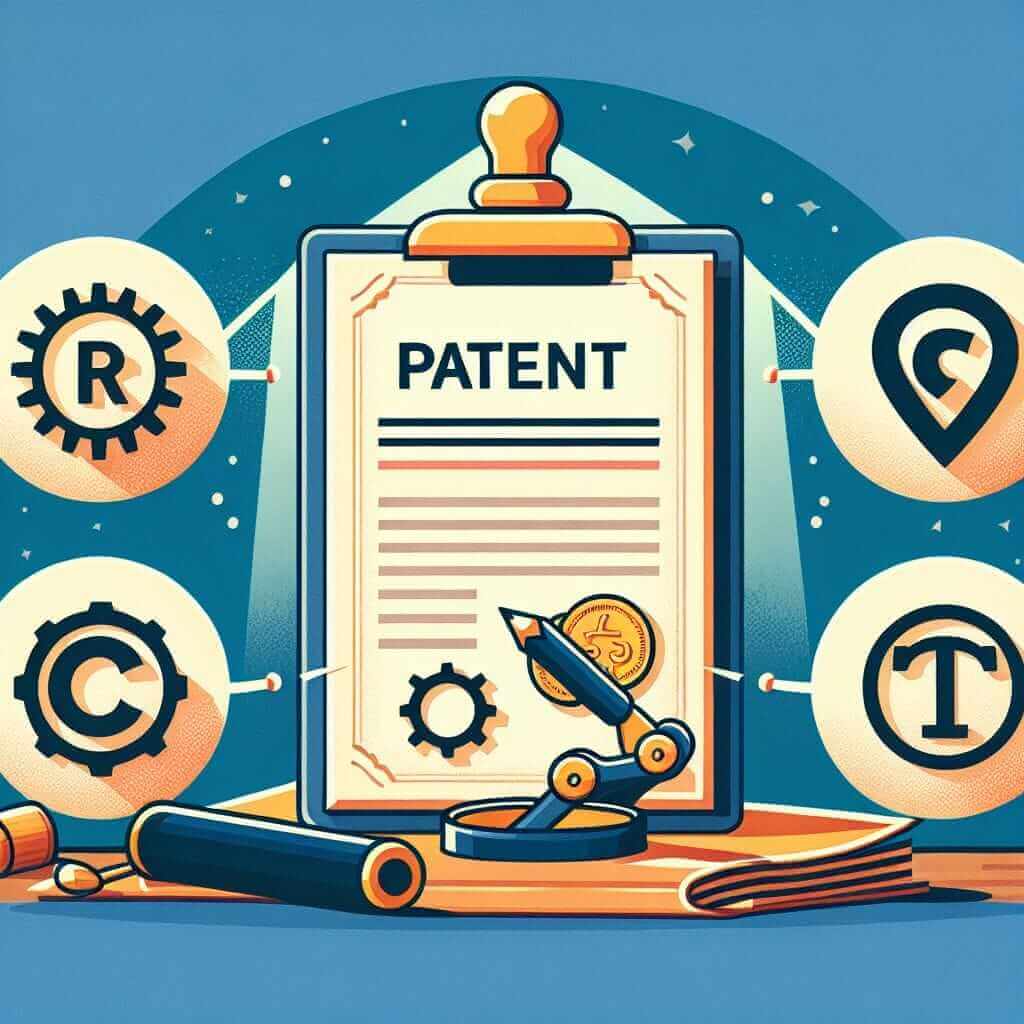Intellectual property (IP) protection is a topic that frequently appears in IELTS Writing Task 2, reflecting its significance in our increasingly globalized and knowledge-based world. Understanding its importance and the arguments surrounding it can be advantageous for your IELTS preparation. This article will delve into the importance of protecting intellectual property, provide relevant IELTS essay questions, and offer a sample band 8 answer with analysis.
IELTS Essay Questions on Protecting Intellectual Property
Here are some potential IELTS Writing Task 2 questions related to the importance of protecting intellectual property:
- Some people believe that intellectual property should be freely shared for the benefit of society, while others argue that it is crucial to protect the rights of creators. Discuss both views and give your opinion.
- In the digital age, it is becoming increasingly difficult to protect intellectual property. What are the challenges of enforcing intellectual property rights online, and what measures can be taken to address them?
- With the rise of globalization, the protection of intellectual property has become more important than ever. To what extent do you agree or disagree with this statement?
Sample Essay:
Let’s choose the first question for our sample essay:
Some people believe that intellectual property should be freely shared for the benefit of society, while others argue that it is crucial to protect the rights of creators. Discuss both views and give your opinion.
Essay Analysis:
This question requires you to discuss both sides of the argument:
- Side 1: The benefits of free sharing of intellectual property.
- Side 2: The importance of protecting creators’ rights.
You should aim for a balanced discussion, presenting valid points for both sides before stating your opinion.
Sample Band 8 Essay:
The issue of intellectual property (IP) protection is a complex one, with compelling arguments on both sides. While some advocate for the free sharing of ideas and innovations to benefit society as a whole, others firmly believe in upholding the rights of creators to their intellectual work.
Proponents of open access to IP argue that it fosters innovation and progress. When ideas are freely disseminated, they can be built upon and improved, leading to rapid advancements in various fields. For example, open-source software has revolutionized the tech industry, enabling collaboration and accelerating technological development. Additionally, making knowledge readily available, such as scientific research or educational resources, can empower individuals and bridge knowledge gaps across the globe.
However, protecting IP rights is crucial for incentivizing creativity and innovation. When creators are assured that their work will be legally safeguarded, they are more likely to invest time, effort, and resources into developing new ideas. Patents, copyrights, and trademarks provide legal frameworks that grant creators exclusive rights to their inventions, artistic works, and brand identities, respectively. This protection encourages individuals and companies to invest in research and development, knowing they can reap the economic benefits of their creations.

In conclusion, while making IP freely available has its merits, I believe that protecting creators’ rights is paramount for fostering a culture of innovation. A balanced approach is necessary, where legal frameworks safeguard intellectual property while also promoting accessibility and collaboration. By striking this balance, we can harness the power of creativity and knowledge to drive progress for the betterment of society. (Word count: 275)
Writing Tips:
- Clear Structure: Follow a clear structure with an introduction, body paragraphs (discussing both sides), and a conclusion stating your opinion.
- Cohesive Devices: Use transition words and phrases like “while,” “however,” “additionally,” “for example,” etc., to ensure a smooth flow of ideas.
- Vocabulary: Demonstrate a wide range of vocabulary related to the topic, such as “intellectual property,” “innovation,” “creators’ rights,” “legal frameworks,” and “incentivize.”
- Grammar: Use complex sentence structures and ensure grammatical accuracy throughout.
Vocabulary:
- Intellectual property (n.): Creations of the mind, such as inventions; literary and artistic works; designs; and symbols, names and images used in commerce. (/ˌɪn.təlˈek.tʃu.əl ˈprɒp.ə.ti/)
- Foster (v.): To encourage the development or growth of something. (/ˈfɒs.tər/)
- Disseminate (v.): To spread something, especially information, widely. (/dɪˈsem.ɪ.neɪt/)
- Incentivize (v.): To motivate or encourage someone to do something, typically by offering a reward. (/ɪnˈsen.tɪ.vaɪz/)
- Trademarks (n.): A symbol, word, or phrase legally registered to represent a company or product. (/ˈtreɪd.mɑːk/)
- Patents (n.): The exclusive right granted for an invention. (/ˈpeɪ.tənt/)
- Copyrights (n.): The legal right granted to the creator of original works of authorship. (/ˈkɒp.i.raɪt/)
- Paramount (adj.): More important than anything else; supreme. (/ˈpær.ə.maʊnt/)
- Collaboration (n.): The action of working with someone to produce or create something. (/kəˌlæb.əˈreɪ.ʃən/)
- Harness (v.): To control and make use of (natural resources), especially to produce energy. (/ˈhɑː.nəs/)
Conclusion
This article provided an in-depth look at the importance of protecting intellectual property within the context of IELTS Writing Task 2. Remember to analyze the essay question carefully, develop a balanced argument, and showcase your vocabulary and grammar skills to achieve a high band score. Continue practicing with other essay questions on this topic to strengthen your understanding and writing abilities.